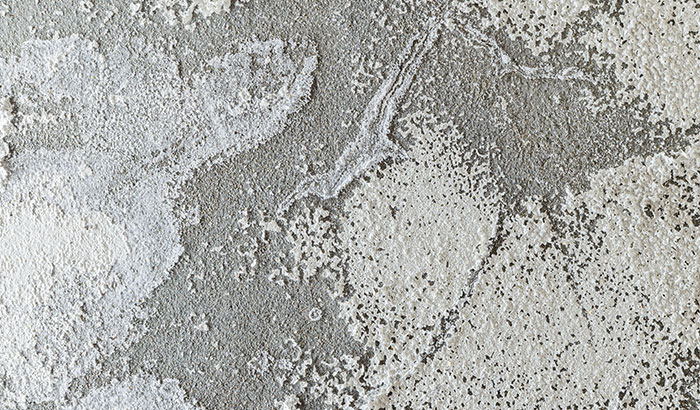
Long-Term Effects of Mold You Need to Know About
Various scientific and government organizations have discovered that there are significant short-term and long-term health risks to consider about mold exposure.

Various scientific and government organizations have discovered that there are significant short-term and long-term health risks to consider about mold exposure.

Mold relies on excess moisture to grow, and water leaks often lead to unwanted mold growth in your home. No matter the water source or

Rainwater is one of the many sources of water that can find its way inside your home and cause water damage. There are multiple ways rainwater can get into your house, so identifying how it gets inside can be a bit tricky.

Detecting mold in your home is challenging. These often microscopic lifeforms manage to remain elusive until their numbers grow too big to be ignored. Here are some ways you can test for mold in your home.

In todays posts, let’s break down just how much water it takes to cause water damage in each of the following common circumstances – Flooding, Leaks, Clogged Drains, and Humidity.

The truth is that water damage occurs in grades, and the sooner you get the damage cleaned up, the better you can restore your home. Today’s blog covers water damage and how it gets worse over time.

We’ve all heard awful stories about the damage to buildings and the health issues that mold in drywall can cause. But how do you know if mold is in your home or office?

Our homes are the most important place to practice fire safety. Fire damage can lead to devastating situations for your loved ones and the integrity

A water leak may seem like it’s not that big of a deal, but it can easily cause irreparable damage to your home that will

It can be challenging to determine the truth or validity of claims made about mold. To help clear up confusion, here are five myths and facts about how mold can affect your health.